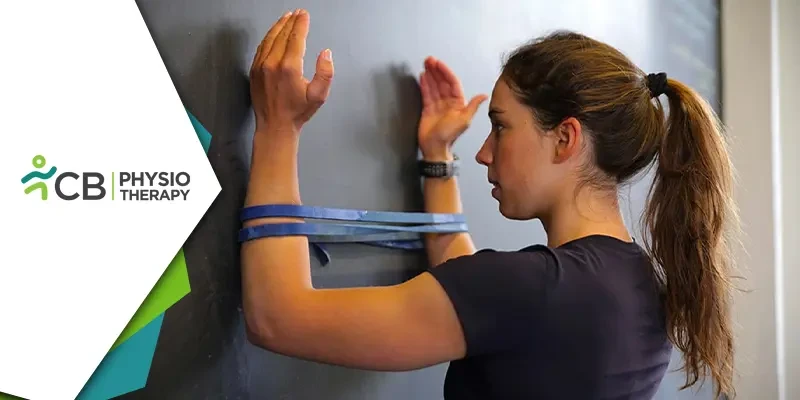पूर्वकाल कंधे की अव्यवस्था एक सामान्य चोट है जो किसी व्यक्ति के जीवन की गुणवत्ता को महत्वपूर्ण रूप से प्रभावित कर सकती है। यह अक्सर दर्द, अस्थिरता और कार्यात्मक सीमाओं का कारण बनता है जो आगे चलकर

पूर्वकाल कंधे की अव्यवस्था एक सामान्य चोट है जो किसी व्यक्ति के जीवन की गुणवत्ता को महत्वपूर्ण रूप से प्रभावित कर सकती है। यह अक्सर दर्द, अस्थिरता और कार्यात्मक सीमाओं का कारण बनता है जो आगे चलकर